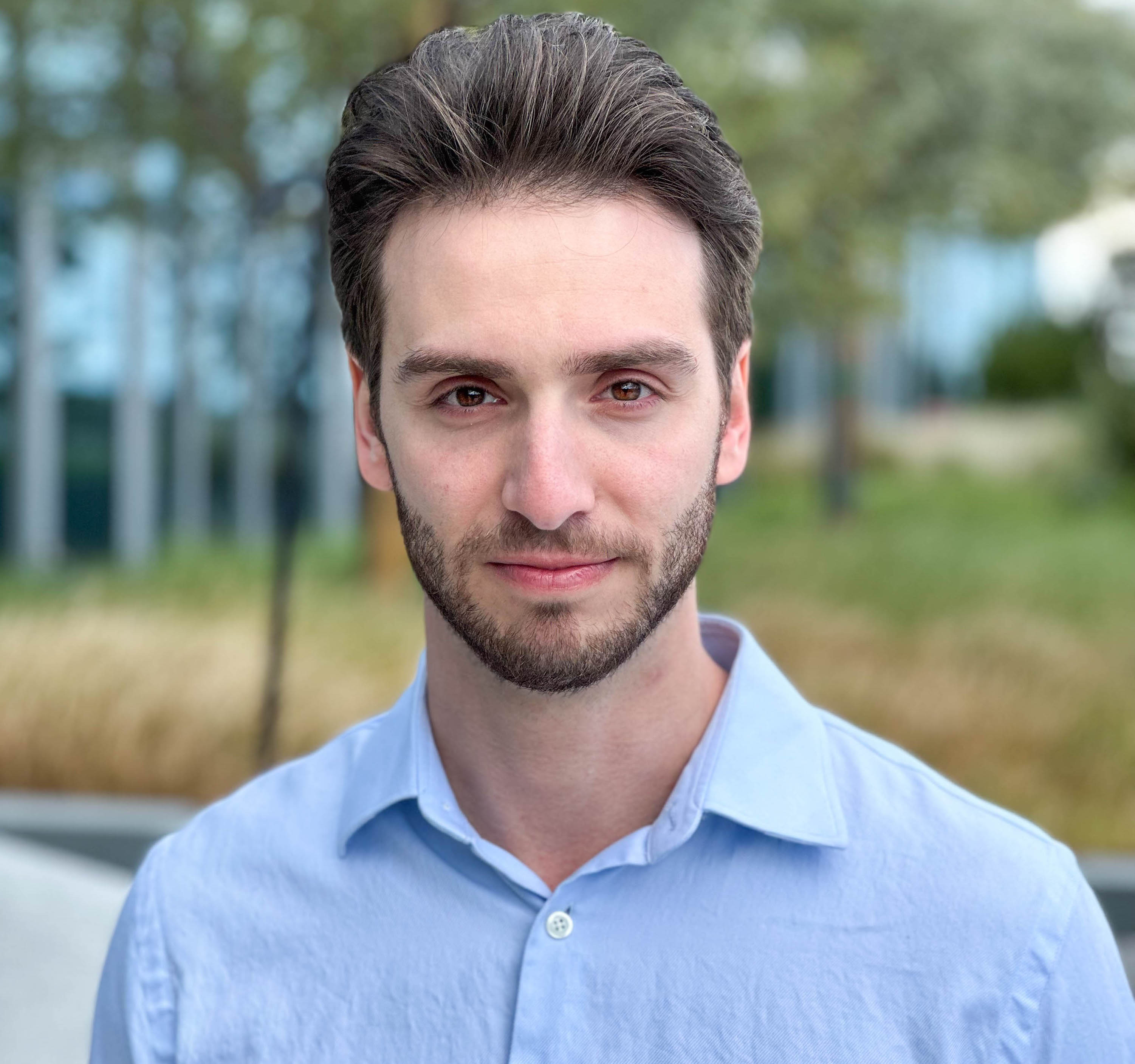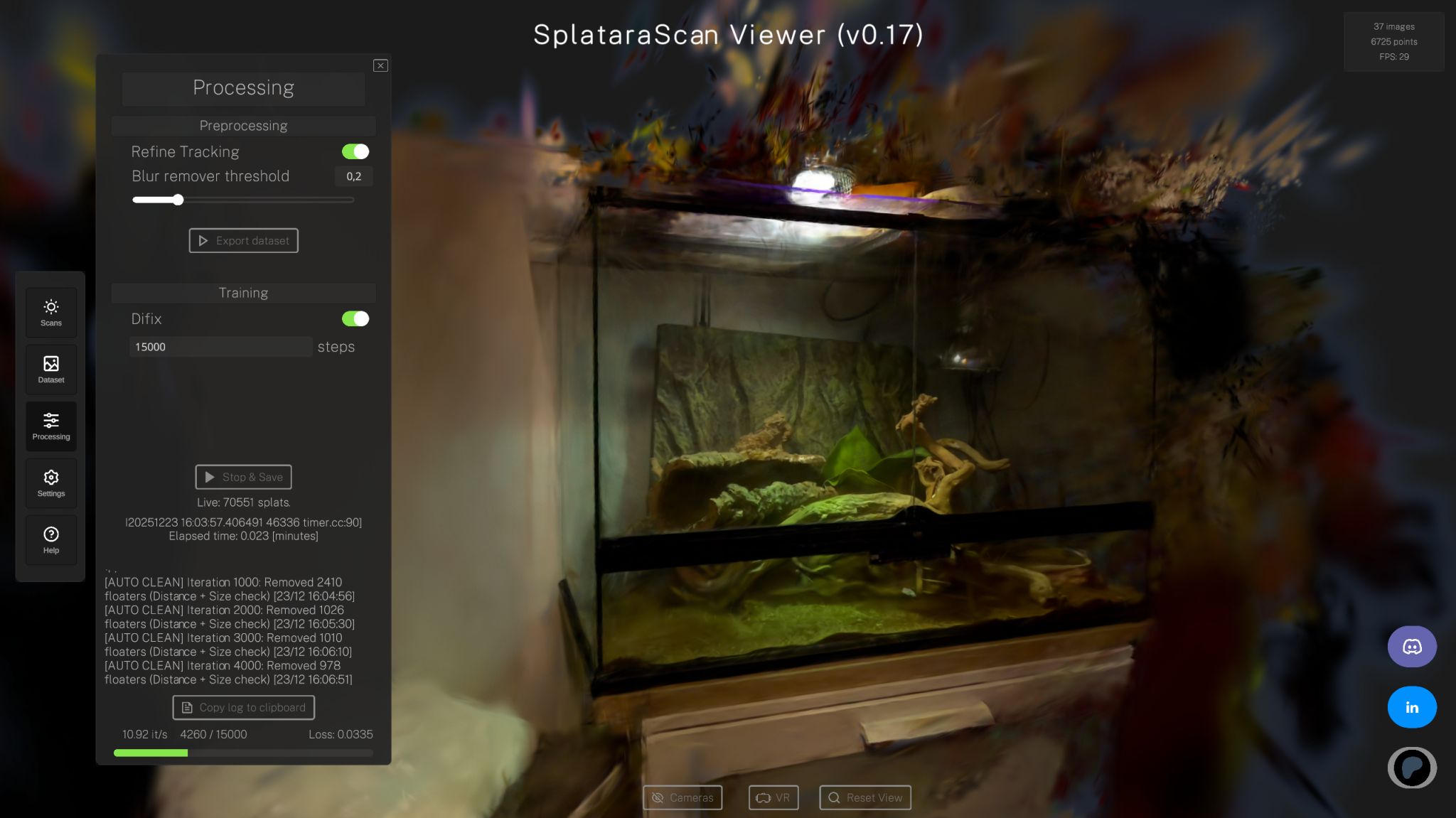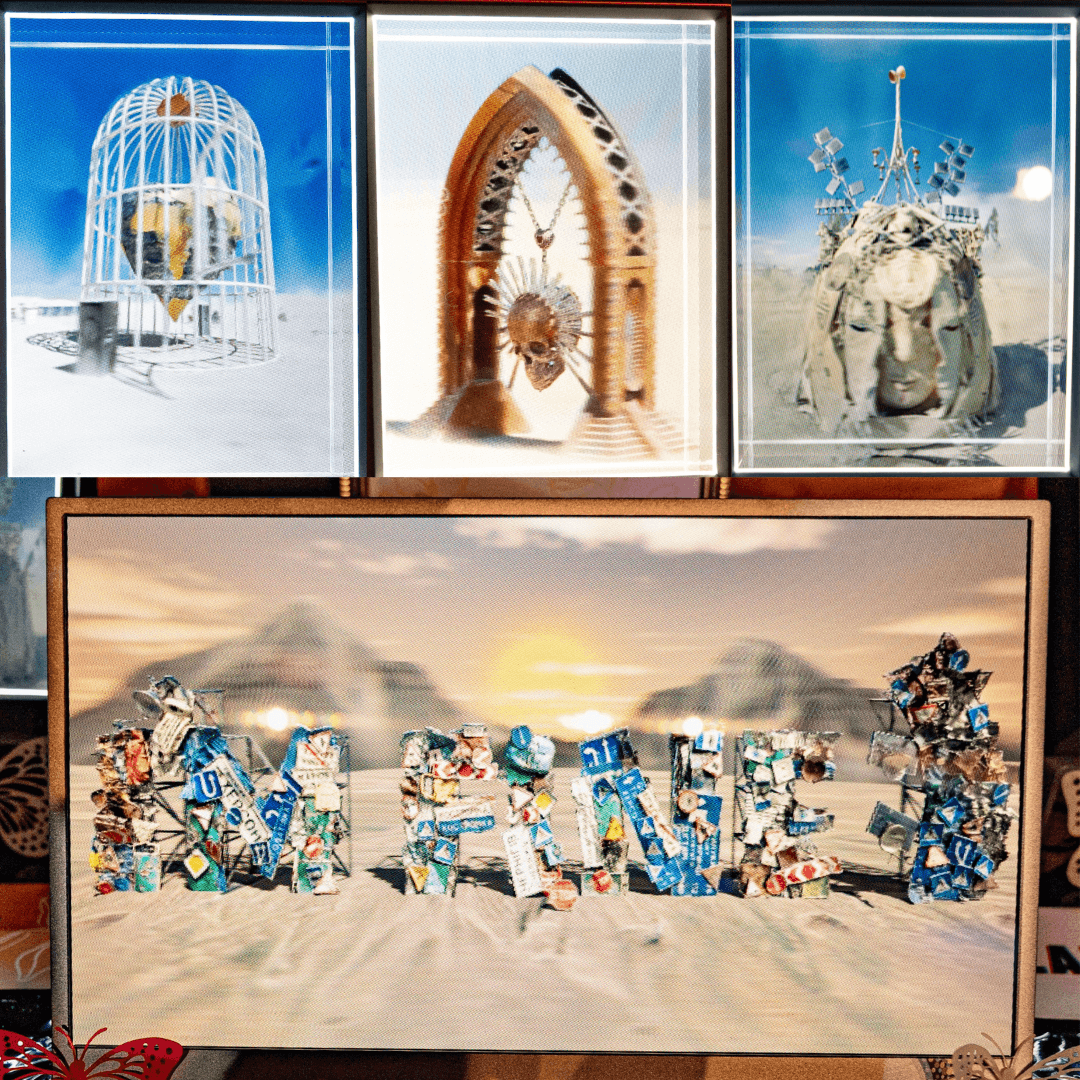
Michael Rubloff
Jul 10, 2025
The latest release of gsplat, version 1.5.3, continues its steady evolution as one of the most versatile and widely used Gaussian Splatting frameworks available. While the last few updates focused heavily on core stability and modularity, this release introduces a mix of experimental performance improvements, rendering flexibility, and a growing suite of camera model support.
One of the headline changes is a new capability in gsplat.rasterization: the engine can now render a batch of scenes in a single pass, not just multiple cameras within a single scene. This is particularly useful for training or evaluating large sets of splat models in parallel.
A major theme of this update is improved batching support across the board. All major APIs, including 3DGS, 2DGS, and 3DGUT, have been updated to handle multiple batch dimensions, enabling more advanced data pipelines without breaking backward compatibility.
Performance also gets a boost with a new experimental feature: fused bilagrid rendering. Bilateral guided radiance fields is one of the best features within the Nerfstudio environment and this steps it up. Benchmarks show it running about 14.7% faster in terms of training time, while using 26% less VRAM compared to the original method. Although still early in testing, this feature hints at what's possible when optimizing both compute and memory usage.
Camera support also sees a noteworthy expansion. This release introduces support for F Theta camera models, often used in wide angle and immersive capture systems. For 2D Gaussian Splatting (2DGS), the update improves viewer compatibility and introduces an option to disable world space normalization.
Nerfstudio and gsplat continue to be open source and Apache 2.0 Licensed. They can be accessed from their GitHub page here.







